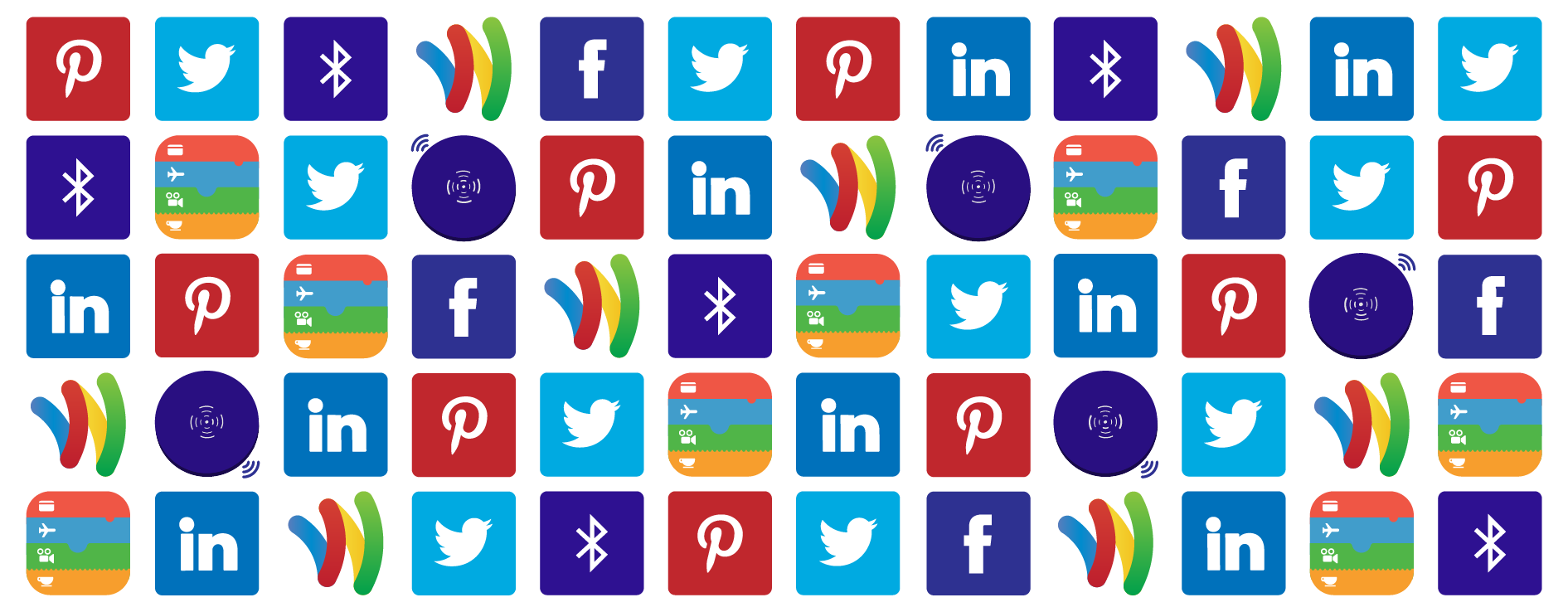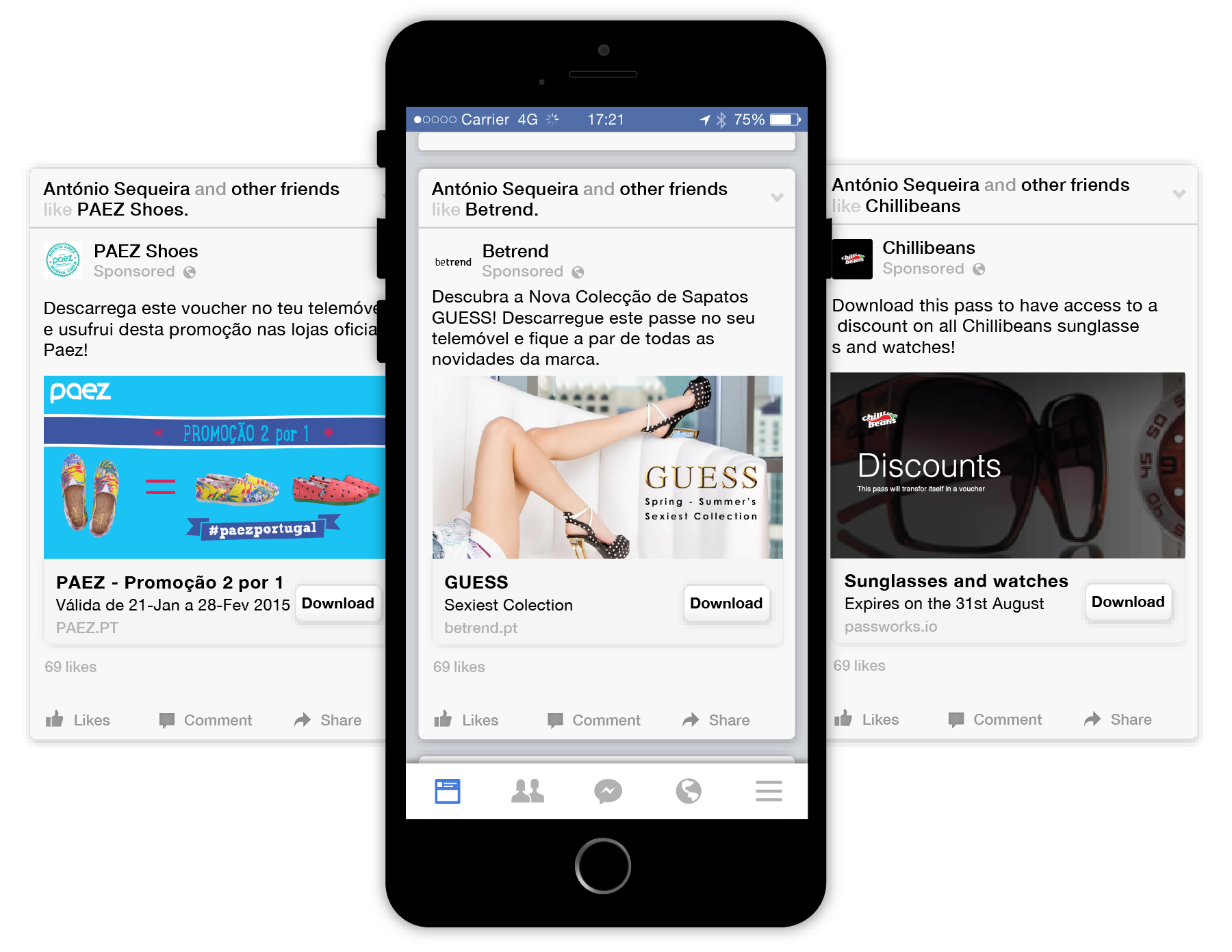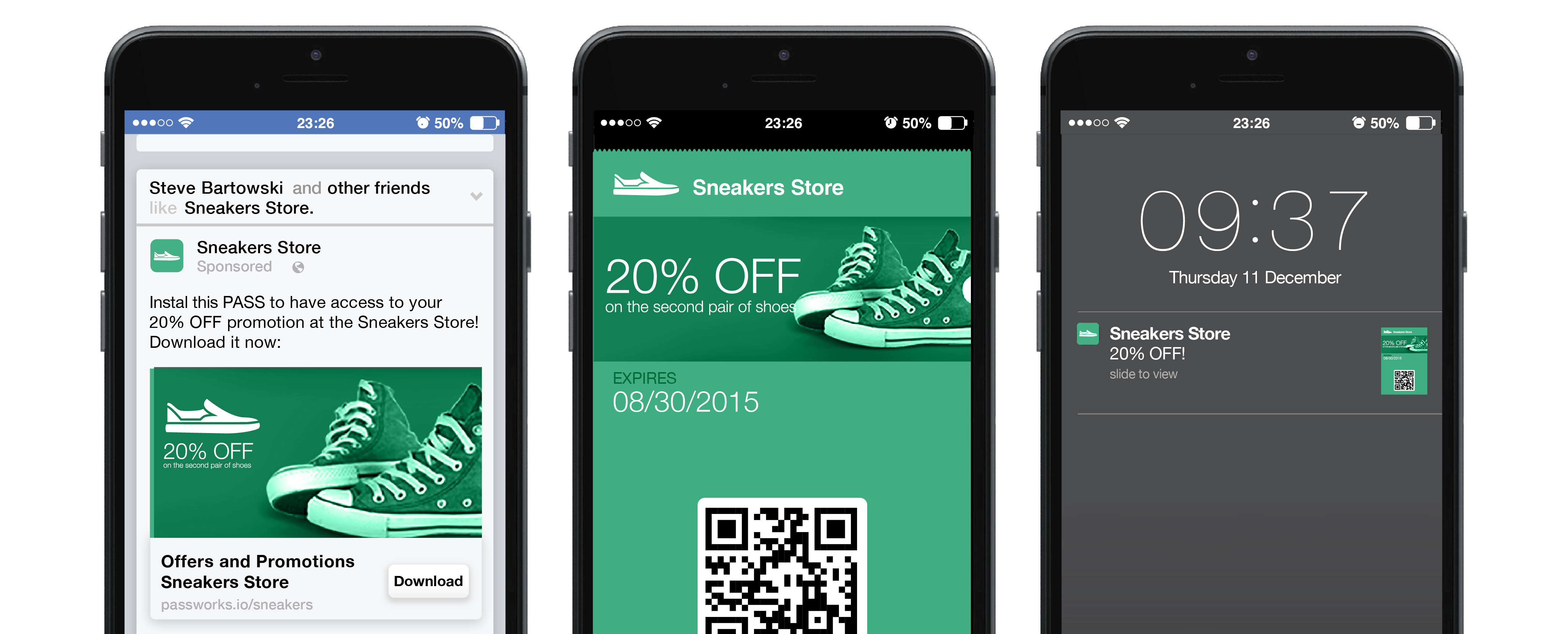Sephora has built a reputation as a big player in mobile. The Sephora mobile strategy is wide ranging and might seem complex, but there is a pattern that they use repeatedly.
First, and most important, Sephora strategy is customer focussed and on providing an informed experience, rather than holistic or technology focussed. Secondly, with the customer always at the centre, Sephora develops integrated cross-channel strategies that merge seamless for the customer.
“Sephora strategy
is customer-focused
and on providing
an informed experience”
Sephora knows digital. They know the importance of mobile and how mobile fits into the bigger picture, whether online or offline and, most of all, they understand how to combine and move between channels in a way that makes sense to their customers.
Sephora have their hands in Web, App, social networks (Facebook, Twitter and Pinterest), CRM, email, SMS, mobile commerce, digital loyalty using Apple Wallet Passes (Passbook) and more.
Main Elements of Sephora’s Mobile Strategy
- Updated & excellent usability on the Website
- Good mobile App
- CRM with Email and SMS
- Apple Wallet (Passbook) with Loyalty Card, Discount Coupons and Gift Cards
- Integration with social networks such as Facebook, Twitter and Pinterest
- Mobile Shopping experience
- Seamless experience across functionalities and promotions
- Active promotion of mobile features across all channels
Overview of Mobile Results and Performance
- 1/3 of all traffic to the Sephora website is from mobile devices
- Over 50% of Sephora’s emails are opened on mobile devices
- Mobile website m.sephora.com (full shopping and Beauty Insider)
- Successful Sephora Apps
- More than 600,000 Sephora customers who have their Loyalty Card installed it on Apple Wallet
- Apple Wallet users spend twice as much annually and purchase twice as frequently as average Sephora customers
“1/3 of all traffic to the Sephora website is from mobile devices”
There is a lot to learn from the way Sephora has implemented their mobile strategy. Sephora has driven significant value from connecting in-store and offline media with Mobile Apps and Apple Wallet Passes, using multiple channels to build awareness. Email, SMS, Mobile Media, QR Codes and loyalty programmes have been put to good effect in supporting consistent brand messaging throughout.
For retailers, integration with existing loyalty programs makes excellent sense as a first step into mobile. And the use of services like Apple Wallet to enable digital loyalty cards, offers and coupon redemption are a must have without the need to build custom technology.



